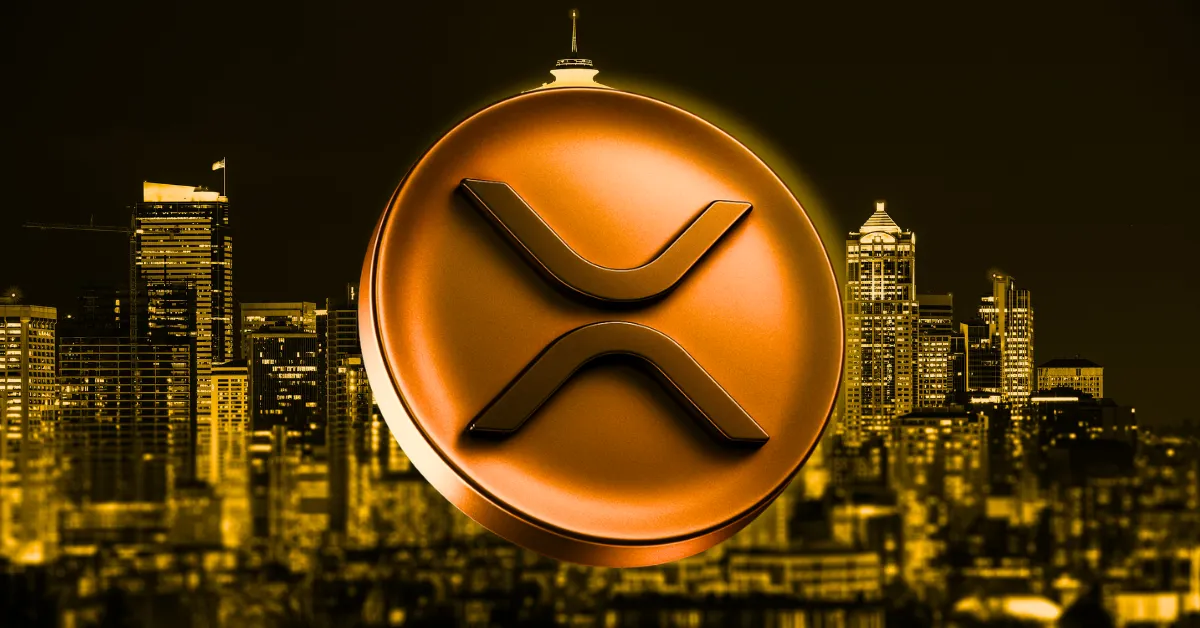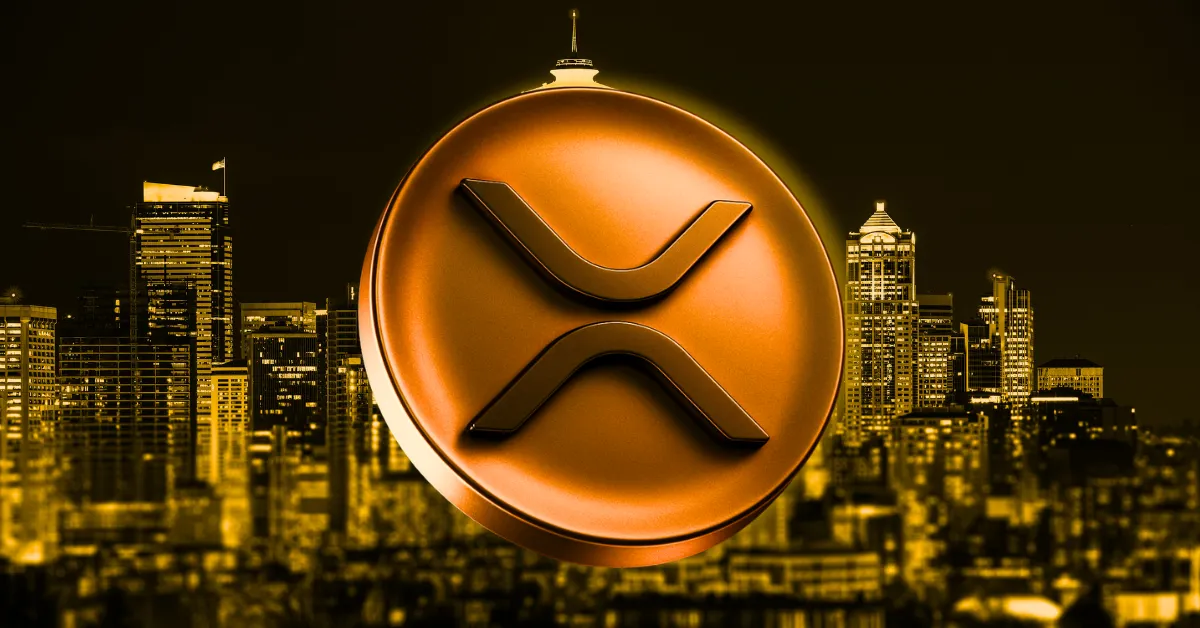Unraveling Ripple’s XRP Escrow Strategy: A Comprehensive Analysis
Introduction: The Escrow Enigma
Ripple’s decision to lock 700 million XRP tokens in escrow has sparked intense debate within the cryptocurrency community. At first glance, this might appear to be a routine financial maneuver, but a deeper examination reveals a sophisticated strategy designed to balance market dynamics, investor confidence, and long-term growth. This report delves into the intricacies of Ripple’s escrow practices, exploring their purpose, execution, and broader implications for the XRP ecosystem.
The Architecture of XRP Escrow
Understanding the Escrow Mechanism
Escrow, in the context of XRP, refers to a smart contract-based system that controls the release of tokens into the market. Ripple, which holds a substantial portion of the total XRP supply, employs this mechanism to ensure a steady and predictable distribution of tokens. The escrow system operates on a monthly cycle, with a predetermined amount of XRP locked in smart contracts programmed to release tokens at specific intervals.
Key Objectives of the Escrow System
The escrow mechanism serves several critical functions:
The 700 Million XRP Lock-Up: A Recurring Pattern
The Monthly Escrow Cycle
Ripple’s practice of locking 700 million XRP is a recurring element of its monthly distribution strategy. At the start of each month, Ripple typically unlocks 1 billion XRP from escrow. From this unlocked amount, approximately 700 million XRP is re-locked into escrow, while the remaining tokens are allocated for various purposes, including operational expenses, ecosystem development, and strategic investments.
The Strategic Shuffle
The continuous movement of XRP in and out of escrow is not merely an administrative task but a carefully orchestrated strategy to balance supply and demand. This approach allows Ripple to:
Deciphering the Timing and Strategic Implications
The Significance of Timing
The timing of escrow transactions can offer valuable insights into Ripple’s broader strategy. For example, the delay in the escrow release for May suggests that Ripple may be adjusting its release schedule in response to specific market conditions or internal factors. This flexibility allows Ripple to navigate market volatility and align its actions with its long-term objectives.
Strategic Acquisitions and Investments
Ripple’s unsuccessful attempt to acquire stablecoin company Circle highlights its commitment to expanding its presence and influence in the crypto space. The XRP held in escrow could potentially be used for future acquisitions, investments, or partnerships that align with Ripple’s long-term vision. This strategic flexibility is crucial for Ripple’s growth and market positioning.
Price Stability vs. Market Dynamics
The Impact on XRP’s Price
The question of whether Ripple’s escrow moves genuinely stabilize XRP’s price is complex. While the escrow mechanism is designed to reduce volatility, XRP’s price is influenced by a multitude of factors, including:
The Broader Market Context
While the escrow system can provide a degree of stability, it cannot completely insulate XRP from the broader market dynamics. Ripple’s strategy must therefore be viewed within the context of these external factors, which can amplify or mitigate the effects of its escrow practices.
Beyond Escrow: Ripple’s Expanding Ecosystem
Cross-Border Payments
Ripple’s core business revolves around providing solutions for faster and cheaper cross-border payments using XRP. By leveraging blockchain technology, Ripple aims to revolutionize the traditional financial system, making it more efficient and accessible.
Central Bank Digital Currencies (CBDCs)
Ripple is actively exploring the potential of CBDCs and how its technology can facilitate their development and implementation. This initiative aligns with Ripple’s vision of creating a more interconnected and efficient global financial system.
Decentralized Finance (DeFi)
Ripple is venturing into the DeFi space, exploring opportunities to leverage XRP in decentralized applications and protocols. This expansion into DeFi represents a strategic move to diversify Ripple’s business and drive the adoption of XRP in various sectors.
Conclusion: A Vision for Long-Term Growth
In conclusion, Ripple’s recurring 700 million XRP escrow lock-ups are not arbitrary actions but rather a carefully calculated component of a broader strategy. This strategy aims to manage XRP supply, reduce inflationary pressures, and foster investor confidence. While the escrow mechanism contributes to price stability, XRP’s price is also influenced by market sentiment, regulatory developments, adoption rates, and speculative trading. Ripple’s focus extends beyond escrow, encompassing the development of cross-border payment solutions, exploration of CBDCs, and ventures into the DeFi space. By strategically managing its XRP holdings and actively building a thriving ecosystem, Ripple aims to drive the long-term growth and adoption of XRP. This comprehensive approach underscores Ripple’s commitment to innovation and its vision for a more efficient and inclusive global financial system.












